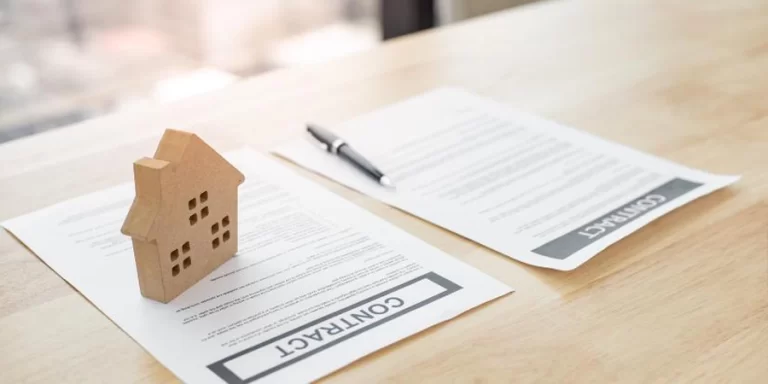How to Secure a Written Contract for Your Roofing Project
Undertaking a roofing project is a significant investment that demands careful planning, consideration, and documentation. One of the crucial steps in ensuring a successful roofing project is obtaining a written contract that outlines all the terms, conditions, and expectations of the project. A well-crafted contract not only protects both parties involved but also serves as a roadmap for a smooth and efficient project execution. In this article, we will explore the essential steps to obtain a comprehensive written contract for a roofing pr
1. Preliminary Research and Planning
Before you even begin the process of obtaining a written contract, it’s important to conduct thorough research and planning. Start by defining the scope of your roofing project. Are you looking for a complete roof replacement, repairs, or other modifications? Understanding the specifics of the project will help you communicate your needs clearly to potential contractors.

2. Identifying Reputable Contractors
Selecting the right contractor is a critical step in securing a written contract. Begin by seeking recommendations from friends, family, and colleagues who have had roofing work done in the past. Online review platforms and industry associations can also provide valuable insights into reputable contractors in your area.
Once you have a list of potential contractors, reach out to them to discuss your project and schedule on-site evaluations. During these meetings, inquire about their experience, licensing, insurance, and previous projects. This step will help you narrow down your choices to contractors who align with your project’s requirements.
3. Requesting Detailed Proposals
After the on-site evaluations, request detailed written proposals from the shortlisted contractors. A comprehensive proposal should include:
– Scope of Work: Clearly define the tasks and materials involved in the project. This could range from the removal of the existing roof, installation of new roofing materials, to cleanup after completion.
– Timeline: Specify the project start and end dates, including any milestones or intermediate deadlines.
– Materials: Outline the type and quality of roofing materials that will be used. This section should also include any options for upgrades or alternatives.
– Cost Breakdown: Provide a detailed breakdown of costs, including labor, materials, permits, and any additional charges.
– Payment Schedule: Clearly state the payment schedule, including the initial deposit and subsequent payments tied to project milestones.
4. Reviewing and Comparing Proposals
Once you’ve received proposals from different contractors, take the time to carefully review and compare them. Look for clarity, completeness, and alignment with your project’s requirements. Consider factors such as reputation, experience, and responsiveness when evaluating proposals.
5. Negotiating and Finalizing Terms
After comparing the proposals, you may want to enter into negotiations with your preferred contractor. Discuss any concerns, clarifications, or modifications you would like to make to the proposal. Open and honest communication is key to ensuring that both parties are on the same page.

6. Drafting the Written Contract
Once the negotiations are complete, the contractor should provide you with a written contract that incorporates the agreed-upon terms. A well-structured roofing contract should include:
– Names and Contact Information: Clearly list the names, addresses, and contact information of both parties involved.
– Scope of Work: Include a detailed description of the work to be performed, including specifications of materials, dimensions, and any additional services.
– Timeline: Outline the project timeline, including start and completion dates, as well as any intermediate milestones.
– Payment Details: Specify the total cost of the project, payment schedule, and accepted forms of payment. Ensure that the contract includes provisions for what happens in case of delays, changes, or unexpected costs.
– Warranties and Guarantees: Clearly state any warranties or guarantees provided by the contractor for both materials and workmanship.
– Insurance and Licensing: Include proof of the contractor’s liability insurance and necessary licenses.
– Change Order Process: Outline the procedure for making changes to the project’s scope, timeline, or cost after the contract is signed.
7. Seek Legal Review
Before finalizing the contract, it’s advisable to seek legal review. A qualified attorney with experience in construction law can help ensure that the contract is fair, legally binding, and protects your interests.
8. Sign and Retain Copies
Once the contract is finalized, both parties should sign the document. Make sure to retain copies of the signed contract for your records.
9. Communication Throughout the Project
A written contract serves as a reference point throughout the project. Regular communication between you and the contractor is essential to address any concerns, provide updates, and ensure that the project is progressing according to the agreed-upon terms.
10. Project Completion and Final Inspection
Upon project completion, perform a final inspection to ensure that all aspects of the contract have been fulfilled to your satisfaction. If any discrepancies are found, discuss them with the contractor before making the final payment.
Obtaining a written contract for your roofing project is a fundamental step in safeguarding your investment and ensuring a successful outcome. Thorough research, careful evaluation of proposals, open communication, and a well-drafted contract are the cornerstones of a positive roofing experience. By following these steps, you can embark on your roofing project with confidence and peace of mind.





























